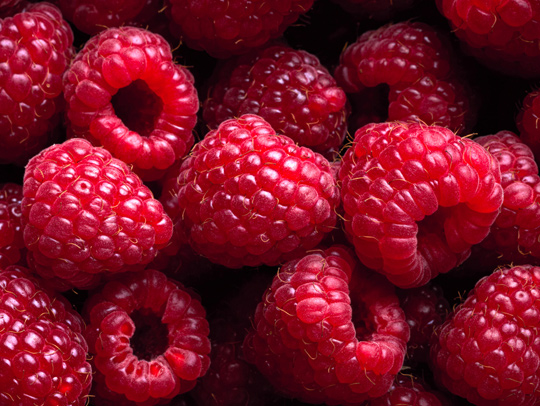FDA Works to Enhance the Safety of Berries
July 25, 2022 | 3 min to read

Consistent with the FDA’s commitment to enhance produce safety, the FDA is developing a food safety prevention strategy to enhance the safety of fresh and frozen berries. The strategy is being developed in response to a history of hepatitis A (HAV) and norovirus (NoV) outbreaks linked to the consumption of both fresh and frozen berries.
In the U.S., there have been four HAV outbreaks and three NoV outbreaks linked to frozen berries from 1990 to 2016, and since 2011, there have been three HAV outbreaks linked to fresh berries, including a current outbreak linked to fresh organic strawberries. Globally, from 1983 to 2018, there were 50 outbreaks attributed to frozen berries: 36 caused by NoV and 14 by HAV. Freezing preserves berries but generally does not inactivate viruses that may be introduced at various points in the supply chain, such as by infected workers, contaminated water or contaminated food contact surfaces. In addition, fresh berries are generally eaten raw without a kill-step that could eliminate pathogens.
Much like ongoing prevention work for other commodities, such as leafy greens, tahini, and imported specialty mushrooms, the food safety prevention strategy for berries will be informed by the findings of surveillance sampling. In August, the FDA plans to resume an assignment to collect and test frozen berries that it paused at the start of the COVID-19 pandemic. The assignment seeks to estimate the prevalence of HAV and NoV in frozen strawberries, raspberries and blackberries and help the FDA identify sites where practices or conditions may exist that constitute safety vulnerabilities. To date, the FDA has collected and tested more than 1,100 samples under this assignment and plans to collect and test about 427 more to meet the assignment’s public health goals. The agency does not plan to collect or test any additional frozen strawberries as we have already met our collection target for that commodity.
The FDA plans to work collaboratively with industry, academia, and regulatory partners in the development of the food safety prevention strategy to identify measures that can be taken to limit or prevent contamination from occurring throughout the berry supply chain, approaches to re-enforce control measures and their application, and areas where additional research is needed.
For additional information:
- Microbiological Surveillance Sampling: FY 19-22 Frozen Berries (Strawberries, Raspberries and Blackberries)
- Bacteriological Analytical Manual (BAM) Chapter 26 and Appendices: Concentration, Extraction and Detection of Enteric Viruses from Food
